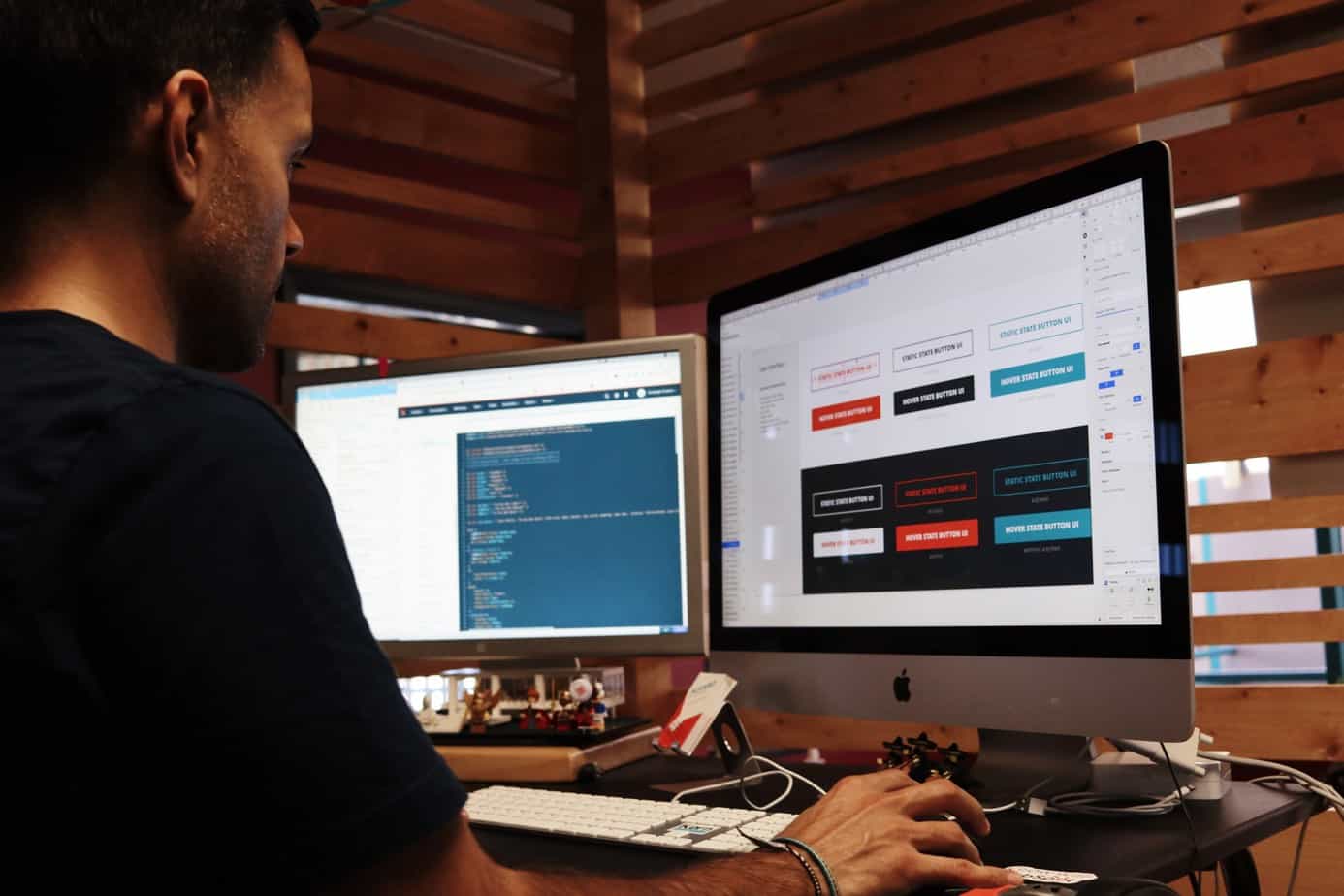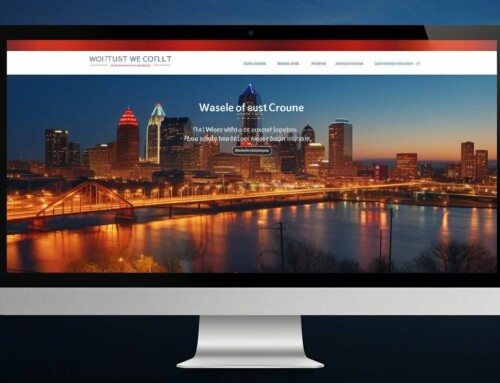
In today’s digitally-driven world, a critical fact that most businesses understand is that there is no such thing as a successful business without a well-built website.
As more consumers grow dependent on the Internet to carry out many of their daily functions and make purchases, it’s clear that websites play a vital part in today’s conversion ecosystem. For your business, not having a well-built example of the crucial tool in question can spell utter catastrophe if you aren’t careful.
Given the seemingly-steep learning curve of building a useful website and maintaining it, it’s easy to see why many consider the process itself as one that entails paying attention to all the details. In fact, the elements that must be refined for success are endless, from the hosting service being used to the content management system that helps keep everything together.
While every detail bears a certain level of significance when it comes to determining a website’s propensity for success, there’s one key aspect that holds more impact: The role of emotions in effective UX design.
The presence of emotions in buying decisions
For any website owner, having an effective UX design is a never-ending pursuit that requires staying on one’s toes because what constitutes “good” usually moves along with the times.
Now that you’ve made the wise decision to pursue the goal of having a website that’s ready to adapt, it’s safe to say that refining your design is something on your list. Despite the growing web design trends that set good pages apart from great ones, most businesses make the mistake of overlooking the buying impact of emotion, and you’re probably doing the same thing.
The presence of emotions in UX design is heavily rooted in its technical meaning. Since the term in question is defined as “the process of manipulating user behavior through usability, accessibility, and desirability provided in the interaction with a product,” it’s easy to see where feelings fit in. The deeper connection essentially means that UX design is heavily rooted in user behavior and interaction as a conversion point!
The manifestations of emotion in effective UX design
To best understand how pivotal the role of human emotion is in significant user experience designs, let’s look at some of the different ways these two factors interact on a deeper level:
Emotions allow a seamless human-computer interaction
One of the most prominent ways emotions paves the way for effective UX design lies in how they allow all websites to connect smoother and easier with their end-users.
Compared to simple bits and pieces of information, emotional or moving key points are more capable of generating positivity and bearing a longer-lasting impact on any consumer. When emotion is appropriately manipulated in different forms (such as testimonials, moving videos, or pain point capitalization), it becomes much easier to deliver a message with a better impact!
Emotions make it easier to reduce bounce rates
Aside from throwing an emotional line that will keep website visitors hooked until they convert, emotions are also critical for UX design because they decrease bounce rates.
The main reason emotions prevent customers from leaving too early is that it is manifested in different views of good design decisions made with careful planning and consideration. Once all the necessary efforts are in play, it becomes easier for visitors to find reasons to stay on the website and increase their conversion likelihood.
Conclusion
Dealing with the task or process of continuously refining a UX design to make a lasting impact and rake in more profit requires dealing with various, one of which is the presence of emotions. Through this guide’s help, you can effectively craft a moving and captivating website without overlooking any crucial considerations!
We’re a team of web designers in Kansas City that help our clients with our SEO-oriented web design services that are as impactful and results-driven as they are appealing. Get in touch with us today to learn more about how we can give your website the makeover it needs to start scaling the search results!















